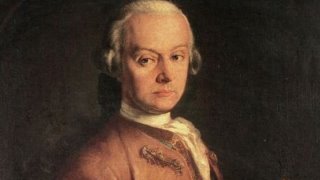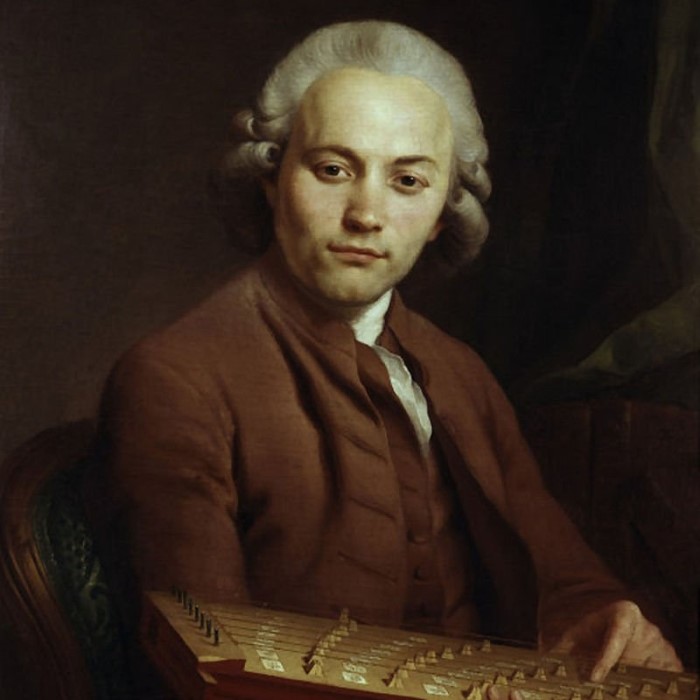Members
1 Male
Origin
 Deutch
Deutch
Genre
 Composer
Composer
Style
Classical
Mood
---
Born
1 Male
Origin
Genre
Style
Classical
Mood
---
Born
1731
Active ---
![]() 1798
1798
Cutout![]()
Alternate Name
Cannabich
No loved tracks found...
Artist Biography
Available in:
Johann Christian Innocenz Bonaventura Cannabich (bapt. 28 December 1731 in Mannheim – 20 January 1798 in Frankfurt am Main), was a German violinist, composer, and Kapellmeister of the Classical era. A composer of some 200 works, he continued the legacy of Johann Stamitz and helped turn the Mannheim orchestra into what Charles Burney described as "the most complete and best disciplined in Europe.". The orchestra was particularly noted for the carefully graduated crescendos and diminuendos characteristic of the Mannheim school. Together with Stamitz and the other composers of the Mannheim court, he helped develop the orchestral texture that paved the way for the orchestral treatment of the First Viennese School.
Christian Cannabich was the third child of Martin Friedrich Cannabich (1690–1773), a flautist, oboist and music teacher at the Mannheim court. Cannabich père was the personal flute teacher of the Prince elector Carl Theodor which in itself created favourable conditions for Christian Cannabich's later career. The family originally hailed from Alsace which through history, tradition and custom has always had (and still has) close ties to the Palatinate. It is possible that Cannabich's father was bilingual in German and French and that Cannabich as a boy heard and learned both languages in his home. This could explain the relative ease with which Cannabich later moved in French aristocratic circles during his frequent stays in Paris and Versailles.
1742-1756 Education in Mannheim and Rome :
As a boy, he studied violin with Johann Stamitz (1717–1757), composer, violinist, concertmaster and leader of the Mannheim court orchestra. He joined the violin section of the orchestra as a scholar (i.e. aspirant) at age twelve (1744), becoming a full member two years later. In the year 1748 he is listed in the annual court and state calendar (Churpfälzischer Hof- und Staatskalender) as a violinist living together with his father in Moritz Lane.
In 1750, Charles Theodore, Prince elector of the Electorate of the Palatinate, sent Cannabich to Rome to continue his studies with Niccolò Jommelli, maestro coadiutore of the Papal Chapel and also a successful opera composer. He remained in Rome until 1753, and followed his teacher to Stuttgart after Jommelli's appointment as Ober-Kapellmeister in the Swabian capital of the court orchestra. In 1756 Cannabich returned to Italy for a second time, this time to Milan, where he undertook additional studies with Giovanni Battista Sammartini.
Wide Thumb
Clearart
Fanart

Banner
User Comments
 No comments yet..
No comments yet..